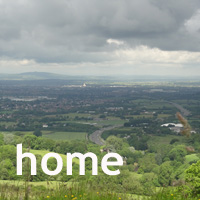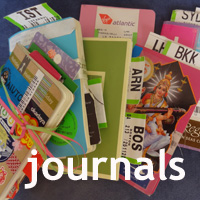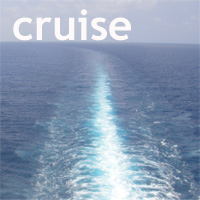Shopping with the Chef
 Monday, March 23, 2015 at 10:14AM
Monday, March 23, 2015 at 10:14AM
We had company when we set out this morning. Not only the oarsman to take us to the point where our driver could start the engine, but also Kyawthu, the chef and his nephew Kaung.
Life on the lake was going on in the same way as it does every day.
The motor boats were speeding across the lake, taking people sightseeing and shopping.
The fishermen with the traditional conical nets were hanging around at the entrance to the Nyaung Shwe canal in the hope of attracting some interest from tourists and collecting a few tips in return for photos.
When we reached Nyaung Shwe there was a deal to be done: 5 of us to be transported to the market, so two trishaws perhaps? Sanda, myself and Kaung could take one, and the two men the other. Some hard negotiating went on I suspect, but eventually, we all hopped on board – well, I squeezed into a particularly narrow seat – and off we went.
It was a pleasant way to get there – the town is quiet and there weren’t so many people around.
We passed the temple – just another temple such as can be found all over the place it seems, and people coming back from the market having done their shopping already.
About ten minutes – no more – and we were there. Kyawthu had a shopping list and Kaung carried the bag ready.
At the entrance were the flower sellers – a sweet smelling start to the expedition, but they didn’t feature on our list so we moved right on.
First thing – tomatoes! Of course. Tomatoes seem to feature in every dish here. Whether that’s because of their ready availability or if they are a genuinely traditional ingredient, we don’t know. We needed a large bag full and Kyawthu made our first purchase.
Next, we needed some herbs but needless to say, my eyes were elsewhere. There was a group of Pa’O women with red scarves on their heads, worn to represent their belief of themselves as dragon mothers, Sanda explained.
They’d come to sell tea, tobacco and turmeric and then to buy other necessities with the money they earned. The might have walked for two hours before getting on a boat to cross the lake, since they live up in the hills.
Meanwhile, Kyawthu was buying limes, chillies, mint and garlic.
Just a little garlic…
Oh, and a few spring onions. Six large bunches in all, tied together with a leaf and costing a total of 40p.
We needed some flour, from the woman sitting under the red awning – sorry about the colour. That’s brown rice flour, sticky rice flour and plain white rice flour.
It’s measured in the same milk cans we’ve seen elsewhere, put into small plastic bags and tied with a piece of an elastic band – not a whole one!
We stopped to taste some of the snacks this lady was selling too. Delicious. Her daughter was so cute as well!
No cheroots needed today, thanks. So we went a little further to the stall where Kyawthu’s wife was to be found and left the vegetables and herbs with her whilst we went into the wet market.
Chicken. This was sold in pieces and we needed about three quarters. Now, bearing in mind all the flies and the lack of refrigeration, we were a little wary here. But hey, we were with a chef and he knew what’s what. We held faith.
Now to the fish. First a short snake head fish (!). We watched as the seller showed how fresh it was, but rather than take her word for it, Kyawthu looked at the gills for himself, peered at the eyes and looked very closely before deciding to buy.
He did exactly the same at another fish stall, where there were some carp for sale. This time, he picked them up and asked one or two questions of the woman selling them before agreeing to buy.
She bundled them in a bag – it was a little disconcerting to see that one mouth was sticking out of the top!
Last but not least, some coriander leaves. Six bunches. Really.
Did you notice that many of the sellers are wearing the same bags as the farmers were wearing yesterday at the cattle market? Oh yes…
Seeing some watermelons over the way, he went over and bought one of those, as Kaung and his wife repacked the bags carefully, keeping meat and fish separate from vegetables and herbs.
Shopping complete, the chef and his boy led the way out of the market. Did I tell you that Kaung supports Chelsea? The team which narrowly beat Hull City last night or the night before? I managed a small grin from him when I told him where I was born!
Time for another squeeze! With the shopping to carry as well, the poor trishaw riders had their work cut out.
I don’t think Sanda even needed to whistle – our driver was there with the boat when we reached the jetty. Good man! considerate of him to wear a matching jacket too, don’t you think?
Off we went – not back to the hotel, though.
Oh no, we were going to cook lunch at this family home – with a little guidance, of course
 Myanmar in
Myanmar in  food,
food,  fun,
fun,  travelling
travelling 






